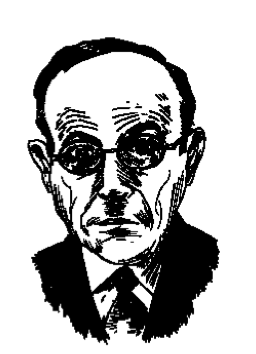“He told me he wanted to become the first Italian-Catholic President of the United States,” she said. “He liked to say, ‘Rudolph William Louis Giuliani 3d, the first Italian-Catholic President of the United States.’
“We’d joke about it, ‘Oh there’s Rudolph William Louis Giuliani 3d, the first Italian-Catholic President of the United States.’ He said it enough that it was part of him. He didn’t say things lightly.”
—Kathy Livermore, Giuliani’s college girlfriend, quoted in the New York Daily News, May 13, 1997
Chances are, you don’t really know Rudolph William Louis Giuliani 3d. Despite the immense amount of coverage he has received and the books written about him, his real story has remained a local one, while his national reputation has been blown all out of proportion. To get a complete understanding of the man, a figure around whom one of contemporary American history’s biggest cults of personality has flourished, you’ve got to dig deep. You have to burrow down under the myths, the steaming pile of post-9/11 hero-worship, the reputation-girding propaganda (like, for instance, his recent book, Leadership), the hyperventilating overstatements of his enemies—and they are legion—the obfuscation and secrecy of his administration, and, finally, the thick mulch of memory, which has its ways of being selective and making amorphous the rough bits. And there, through all the distorting barriers to comprehension, you can glimpse the real Rudy: a willful force, driven by good intentions but eager to compromise for power, blinded by the drama of his own story, often dishonest despite his posturing to the contrary, always calculating, always at war, willing to be brutal for political ends, and equally willing to be generous and compassionate toward friends and loyalists.
His is the appetite shared by the hungriest of politicians, and he’s always been bold enough to set the grandest of goals for himself. Even when he first ran for mayor of New York City in 1989, he was keeping an eye on a higher office. And unlike some whose presidential ambitions have prevented them from speaking in public too bluntly or independently, Giuliani rarely misses a chance to take a stage and say exactly what he thinks (unless there are too many black people around). But if he’s a glory hound, he’s also an earnest politician, and he’s rightly admired for his capacity to make unpopular decisions on principle and then stick to his guns. He believes, ostensibly, in peoples’ ability to take control of their lives and make them better by doing, not complaining, and that’s a powerful American idea.
His two terms in City Hall, spanning 1994 through 2001, have become as synonymous as they are synchronous with the...
You have reached your article limit
Sign up for a digital subscription and continue reading all new issues, plus our entire archives, for just $1.50/month.
Already a subscriber? Sign in





